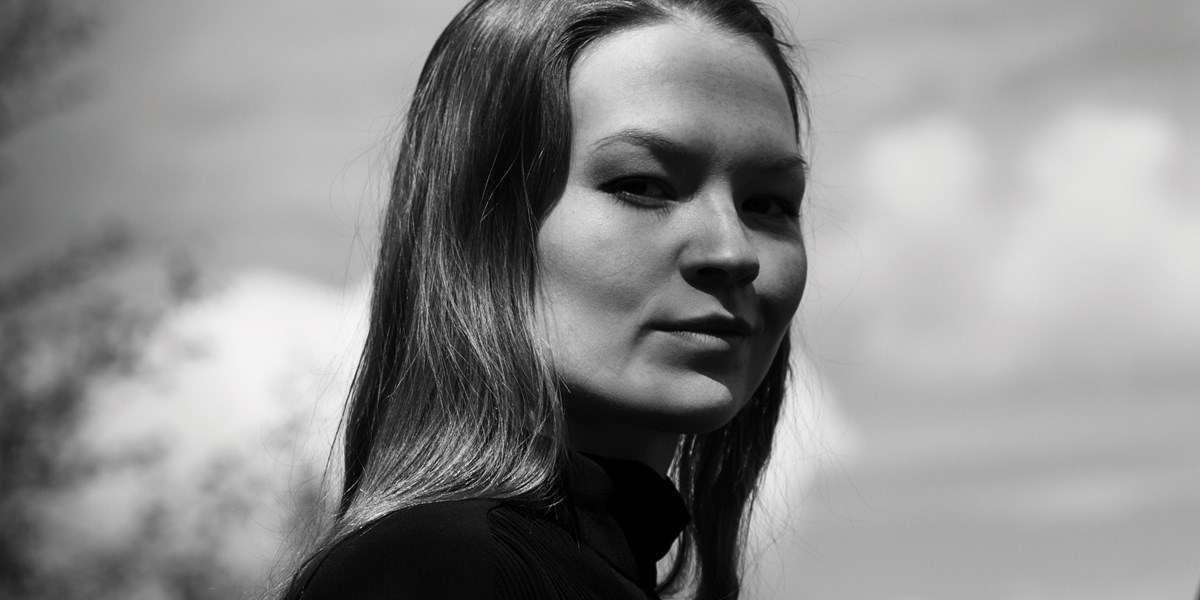Wednesday, January 26, 2022
Marja Mortensson: The Sámi Way
Around half of the 80,000 indigenous Sámi people live in Norway. Simon Broughton talks to one of the country’s rising musical stars, Marja Mortensson, about how she’s invigorating the joik tradition. Photos Knut Åserud & Tom Askew-Miller


Register now to continue reading

Thanks for visiting the Songlines website, your guide to an extraordinary world of music and culture. Sign up for a free account now to enjoy:
- Free access to 2 subscriber-only articles and album reviews every month
- Unlimited access to our news and awards pages
- Our regular email newsletters

